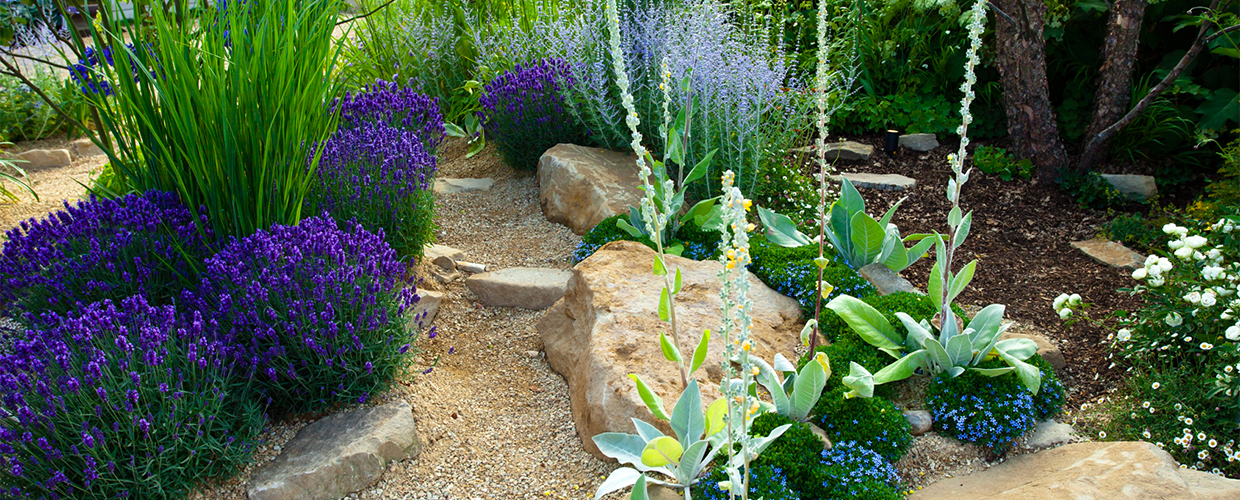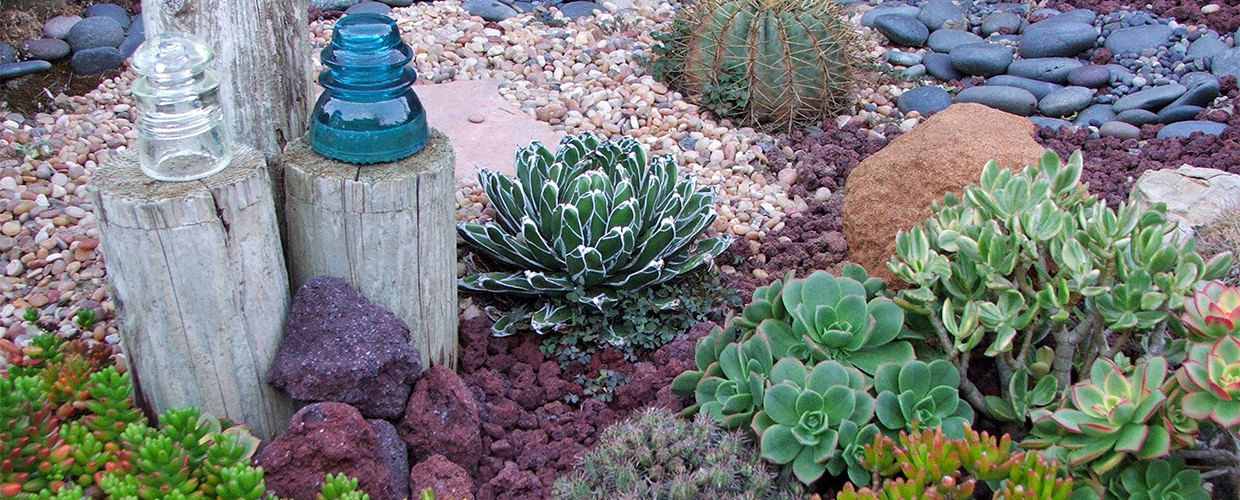Water-wise gardening: the benefits of green spaces while saving water
by Nikola Tosic, 14 November 2017

With the recent drought in some countries of the world such as South Africa and California, homeowners have become savvier in their water use. As the demand for this precious resource grows, so will its price along with legislation discouraging excessive use. Many have resorted to installing rainwater harvesting or greywater systems (properly filtered), whilst others have installed boreholes to utilize groundwater.
Despite these measures, some homeowners have chosen to give up having a garden in order to avoid the problem of not being able to water it properly. However, green spaces are a great benefit to our environment. They filter pollutants and dust from the air, they provide shade and lower temperatures in urban areas, and they even reduce erosion of soil into our waterways. It is, therefore, important to garden for the future.

Water-wise gardens focus on plant varieties that thrive with little water, so they cut down water usage while being still beautiful. It is sometimes assumed that water-wise planting means only using succulents or aloes, but this is not necessarily the case, and there are many species that may not be considered ‘succulent’ but are nonetheless beneficial in their own way to help you conserve water in your garden.
A list of the top 10 water-wise plants could therefore be:
- Agapanthus
- Aloes
- Cape Honeysuckle
- Clivia
- Lavender
- Plumbago
- Rosemary
- Star jasmine
- Strelitzia
- Succulents
In order to create gardens that dramatically lower their watering requirements, as well as reducing their maintenance costs, you will then need to follow some tips:
- Go indigenous, planting what occurs naturally in your area. Exotic plants often need more water;
- Identify microclimates in your garden and position plants in areas best suited to them;
- Group plants with similar water need together so you don’t overwater less-thirsty plants while attending to the thirsty ones;
- Use mulch to stop moisture escaping;
- Build windbreaks to stop the wind from drying out soil;
- Replace lawn with ground cover or paving;
- If you keep some lawn, don’t mow it too short, as this lets the roots dry out quicker.
